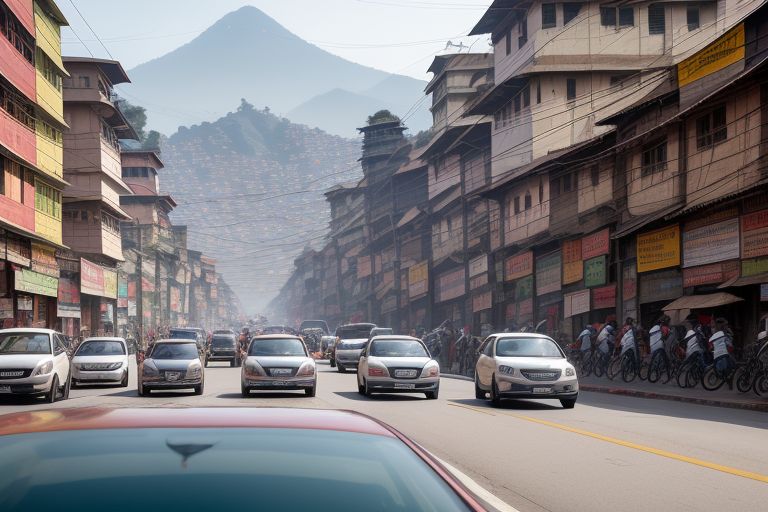There is a new traffic rule in the Kathmandu Metropolitan City to better manage traffic jam and to enhance the safety of roads in the capital. From today onwards, cars with odd number plate to be used on odd days only and cars with even number plate to be used on even days only. This alternating system applies to all private vehicles such as cars, motor cycles and scooters. New rules do not apply to public transport, emergency vehicles, or services that provide essential goods and services.
City officials justified the measure by saying that traffic congestion has become a major issue in recent years in the Kathmandu valley due to fast urbanization and use of automobiles. The new rules are expected to cut daily traffic flows by at least 50 percent, which will ease congestion and bring down air pollution.
To ensure compliance to the new change, there are traffic policemen posted at most traffic light intersection and check point stations in the town. The violators will attract penalties in form of fines and possible stand of their licenses for the next time they offend. The Metropolitan Traffic Police Division has also embarked on a sensitisation programme to ensure that drivers observe the new measures.
While it has been widely appreciated by many of the residents of the city as a good starting point towards solving the traffic problem in the city there has been some concern as to its effect on the daily transport and the business world. To this end, the city government has plans to enhance operations of public transport to increase the availability of buses and to extend bus lanes.
Besides using the odd-even system, the city has also implement more rigid parking rules and measures. There are current parking zones in different parts of the city and there is ban on parking along principals roads during rush hours. The authorities have also raised penalties for parking on the wrong side of the road to curb the practice.
The decision has been welcomed by environmentalists as less traffic on the roads will translate to less pollution in the Kathmandu Valley, which is one of the most polluted places in the world. The city government said that it would pay attention to the effects of the new rules on traffic and air condition, and then adjust the rules.
These new traffic rules are also being adopted as a part of a process of urban development aimed at enhancing the quality of life in the Kathmandu valley. City officials have also evoked plans to integrate smart traffic signals, widen cycling paths and encourage the adoption of electric cars.
When in Kathmandu, people and tourists in particular should be aware of these changes and try to adjust their travelling and use other means of transport. The effectiveness of this intervention will therefore depend on the response from the public, and the capacity of the city to supply effective substitutes for the use of private cars.


